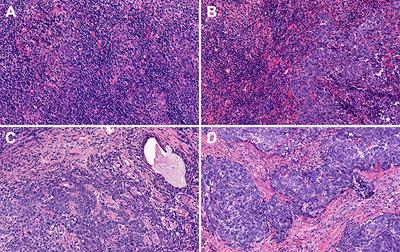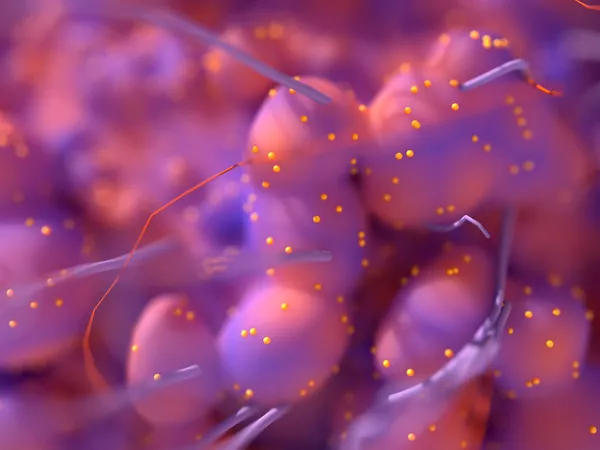ORIGINAL RESEARCH
Published on 02 Sep 2022
Is a high-risk clinical target volume required? Evaluation of the dosimetric feasibility based on T staging

doi 10.3389/fonc.2022.800400
- 747 views
4,672
Total downloads
15k
Total views and downloads
You will be redirected to our submission process.
ORIGINAL RESEARCH
Published on 02 Sep 2022

ORIGINAL RESEARCH
Published on 22 Jun 2022

ORIGINAL RESEARCH
Published on 11 Feb 2022

ORIGINAL RESEARCH
Published on 18 Jan 2022

CLINICAL TRIAL
Published on 13 Jan 2022

ORIGINAL RESEARCH
Published on 17 Dec 2021

ORIGINAL RESEARCH
Published on 28 Jun 2021

